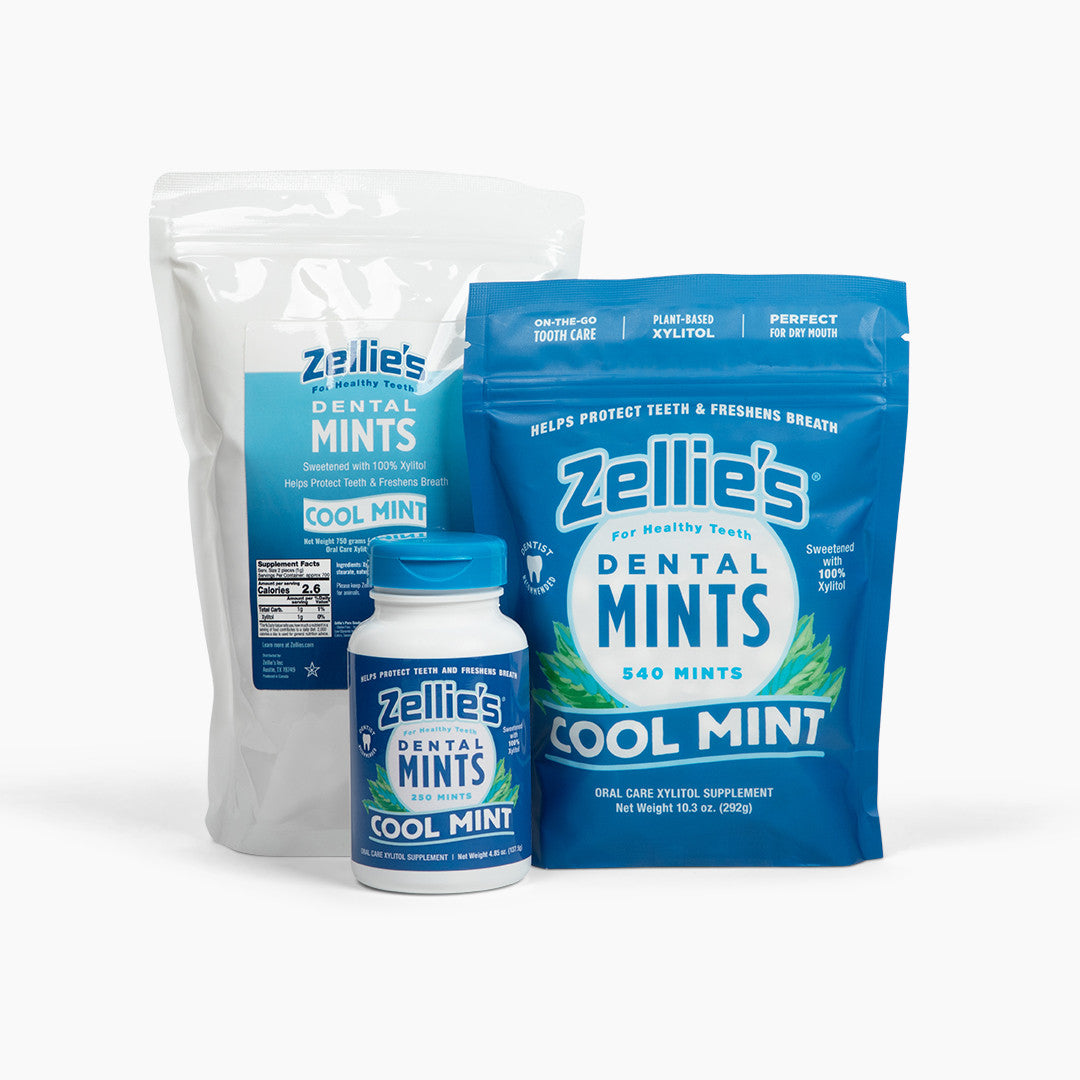Healthy Mouth Bacteria
A healthy mouth is home to a diverse variety of bacteria, and the greater this diversity, the healthier the mouth tends to be. Conversely, an unhealthy mouth usually has a limited variety of bacteria, characterized by an overabundance of a few dominant pathogens. There are at least 700 strains of healthy mouth bacteria, which have developed systems to cooperate and communicate with each other. This collaboration helps protect our mouths from mechanical, chemical, and thermal damage. Mouth bacteria float in saliva and move around until they find a habitat that meets their needs. This process of bacterial migration is known as colonization. The dominant bacterial species in any mouth, whether beneficial or harmful, significantly influences the mouth’s overall health.
In the late 1970s, researchers discovered that the dominant bacteria in the mouth are often the strains first to colonize occlusal grooves in molar teeth. These grooves provide stable footholds for bacteria, nestled within the structure of the tooth's flat biting surface.
Unhealthy Mouth Bacteria
In contrast to the more than 700 types of healthy mouth bacteria, there are only a few harmful bacteria that can become destructive when they multiply. Some of these harmful bacteria can colonize teeth, but many of the most damaging types thrive in the depths of gum or periodontal pockets. The most notorious of these is S. mutans, a wild strain of bacteria that flourishes in acidic conditions, particularly when undisturbed. S. mutans are sticky by nature, and the firm, nonshedding surface of a tooth offers an ideal location for them to form thick layers, especially when they are able to feed frequently on sugars or carbohydrates.
Mouth Flora Is Like a Flower Garden
Collectively, the bacteria in a defined space may be referred to as a bacterial flora. You can visualize our mouth flora as resembling a flower-garden ecology: the weeds represent harmful bacteria, while the flowers and grasses symbolize beneficial ones. This analogy illustrates why aggressively removing weeds with harsh chemicals can eliminate them but will also uproot good flowers and grass. Without nurturing healthy flora, a barren ecology may quickly become overrun by invasive weeds. A healthy mouth needs a lush landscape filled with a wide variety of beneficial bacteria that coexist and thrive with minimal care.
Bacterial Transmission
Dentists have long recognized that dental disease is a transmissible bacterial infection spread through our saliva droplets. Saliva washes over our teeth and gums, carrying many bacteria, including both beneficial and potentially harmful types. Saliva facilitates the transfer of bacteria from one tooth to another within our mouth but also between people, such as spouses, siblings, schoolmates, babysitters, and caretakers. Although it's impossible to completely prevent the sharing and spread of harmful mouth bacteria, we can focus on improving our oral microbiome in order to also share beneficial bacteria.
The most important time to focus on developing diverse bacterial flora is in a baby's mouth. A baby's mouth is quickly colonized with bacteria as soon as the first baby tooth erupts, primarily through interactions with those who frequently come into contact with the child. Both baby and adult molars share a similar structure with crinkled biting surfaces. Once these teeth emerge, bacteria colonize all surfaces, occupying every crevice, pit, and fissure to establish themselves as the dominant strain in a young child's mouth.
Use Xylitol to Balance Mouth Bacteria
You can effectively and easily balance mouth bacteria by using xylitol. Studies recommend five exposures to xylitol each day, aiming for a total of 6.5 to 10 grams daily to achieve the maximum dental benefits. Xylitol has been used for centuries worldwide due to its numerous oral health benefits because it:
-
Fights cavities
-
Cleans teeth
-
Strengthens enamel
-
Alleviates dry mouth
-
Whitens teeth
-
Freshens breath
How Xylitol Works
Xylitol can improve oral health by adjusting dense, plaque-infected biofilm to thin, protective healthy biofilm in three important ways.
-
Xylitol suppresses the growth of harmful plaque bacteria and loosens it from the tooth surface. Harmful dental plaque absorbs xylitol as if it were regular sugar, but the plaque bacteria cannot process the 5-carbon xylitol molecule, which is different from the 6-carbon sugar molecule. As a result, the plaque bacteria lose energy, can no longer multiply, fail to produce acids, and eventually wash away.
-
Xylitol also supports and promotes healthy bacteria, which can number more than 700 types in a healthy mouth. Nurturing these beneficial bacteria is the best way to enhance oral health through small, regular amounts of xylitol.
-
Xylitol stimulates the production of mineral-rich saliva, which helps heal enamel and neutralize acidity. The hygroscopic effect of xylitol pulls liquid into the mouth, stimulating salivary glands. Healthy saliva contains vital minerals necessary for rebuilding enamel strength and is non-acidic, which helps dilute harmful acids in the mouth that can damage teeth.
Xylitol Quick Facts
-
It has a five-carbon molecular structure, making it a pentose sugar with supportive benefits for our bodies and oral health.
-
It is often inaccurately confused with other “sugar alternatives” that are 6-carbon sugar alcohols.
-
Its unique structure and effects differ from those of other sugars.
-
The human body produces about 15 grams of xylitol daily as a byproduct of metabolism.
-
In granular form, it looks and tastes like ordinary table sugar but has a slightly fruitier flavor.
-
It is found in many plant fibers, including fruits (such as strawberries, raspberries, plums, and blackberries), vegetables (such as corn), and hardwood trees (such as birch).
-
It is a low-calorie, low-glycemic index sugar, making it safe for diabetics.






